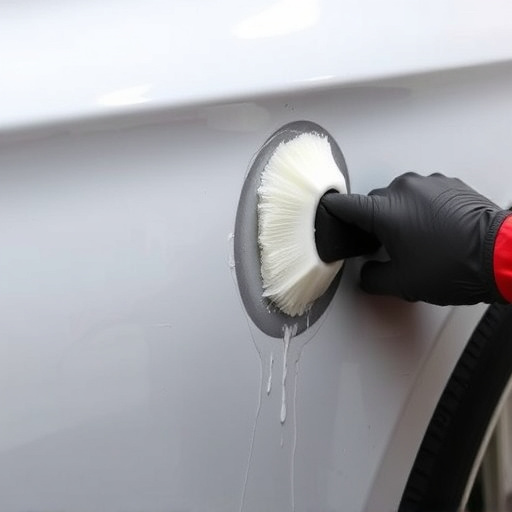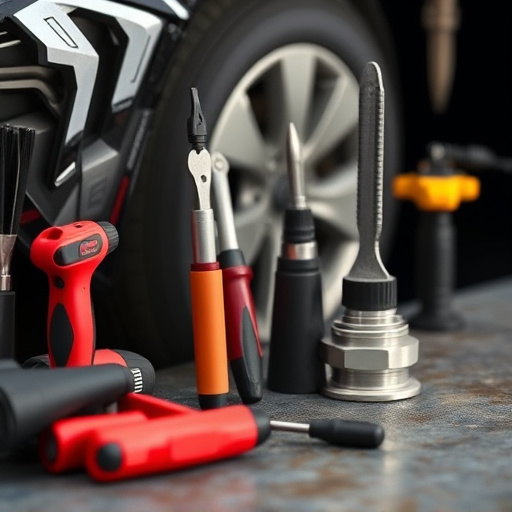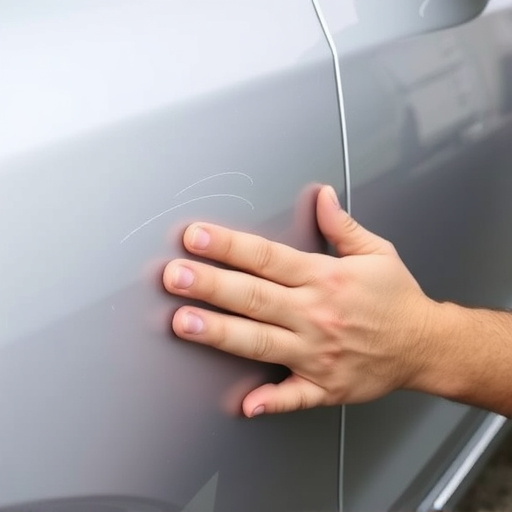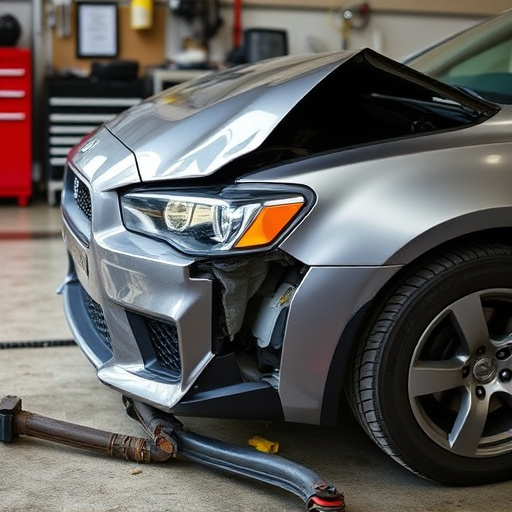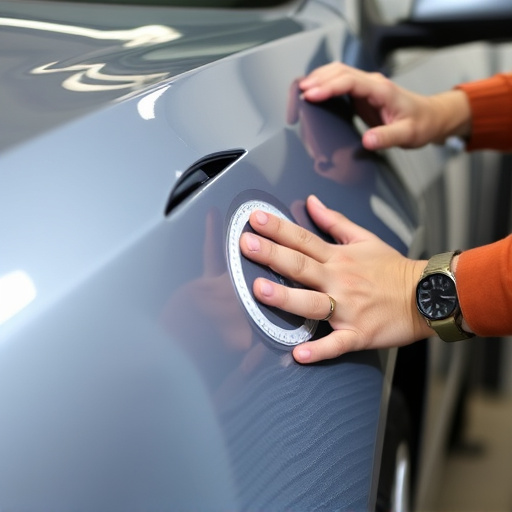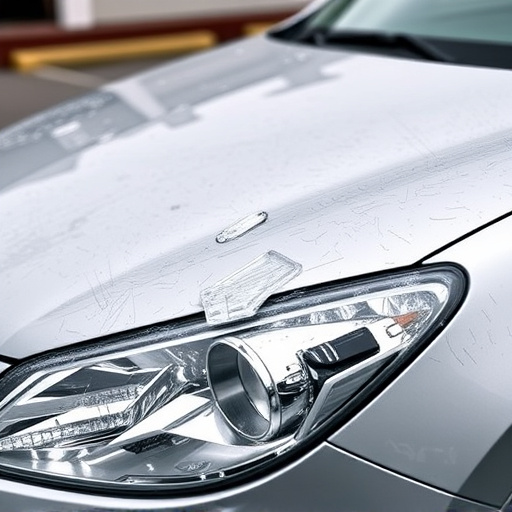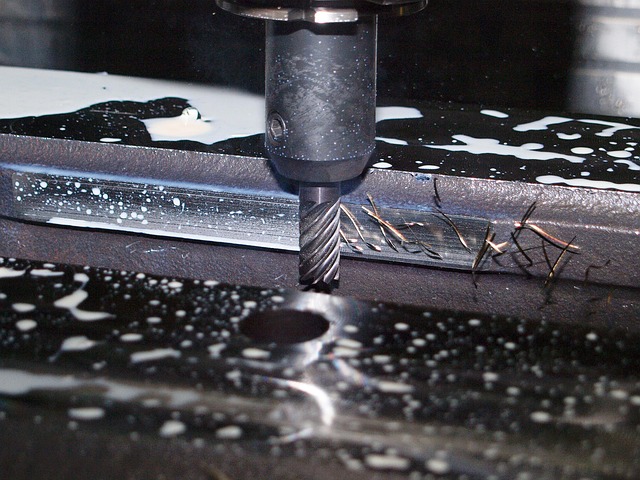Panel alignment procedures are essential in automotive repair, ensuring structural integrity and safety after damage. Modern technology like sensors, software, and robotic arms has revolutionized these processes, enhancing precision, efficiency, and cost-effectiveness. Automation, CAD software, and robotic systems deliver accurate measurements, reduce human error, speed up repairs, and provide better customer experiences through detailed digital records and predictive maintenance.
“Unleash the power of efficient operations with a deep dive into panel alignment procedures and their transformative technology integrations. This article guides you through the essential practices and cutting-edge benefits, offering a roadmap for optimizing performance. From understanding panel alignment procedures to exploring the advantages of tech integration, we uncover how digital solutions streamline processes, enhance accuracy, and drive success in various industries. Prepare to revolutionize your approach.”
- Understanding Panel Alignment Procedures
- Technology Integration: Benefits and Advantages
- Streamlining Operations through Digital Solutions
Understanding Panel Alignment Procedures
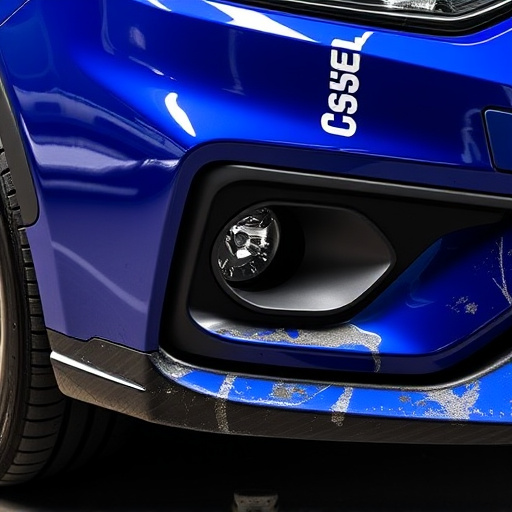
Panel alignment procedures are a critical aspect of automotive repair services, ensuring that vehicle bodies are restored to their original state after damage. This process involves precisely adjusting and realigning car panels, such as fenders, doors, and hoods, to their proper positions. It’s not just about making the car look good; accurate panel alignment is also vital for safety, as it maintains structural integrity and optimizes performance of collision repair services.
Modern technology has significantly enhanced the efficiency and precision of panel alignment procedures. Integrated systems, combining advanced sensors, software algorithms, and robotic arms, offer benefits like faster turnaround times, reduced human error, and improved overall quality in both vehicle repair and collision repair processes. These technological advancements have revolutionized automotive repair, making it more streamlined, cost-effective, and reliable for folks needing top-notch vehicle repair services.
Technology Integration: Benefits and Advantages
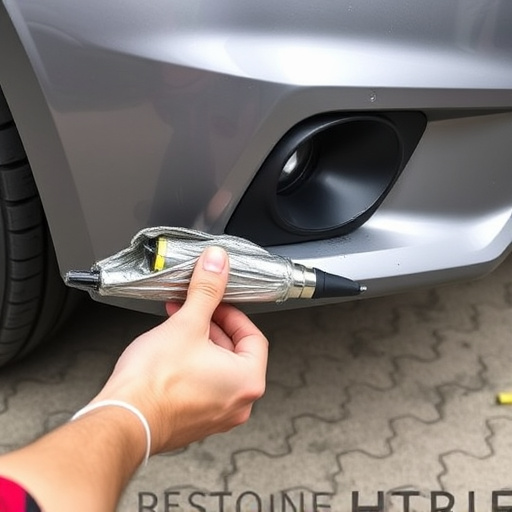
The integration of technology into panel alignment procedures has revolutionized collision repair services and automotive body shop operations. Advanced tools like laser measurement systems, 3D scanning technologies, and robotic arm systems have transformed how frame straightening is performed. These innovations offer numerous benefits, such as increased precision, reduced human error, and faster turnaround times. By leveraging technology, professional repair shops can ensure consistent and high-quality outcomes for their customers.
Moreover, technological advancements enable efficient data capture and analysis, allowing for better tracking of repairs and maintenance history. This not only enhances the overall customer experience but also facilitates predictive maintenance, further streamlining collision repair services. With these integrations, an automotive body shop can optimize its processes, improve productivity, and stay competitive in a rapidly evolving industry, ultimately providing superior service to their clients.
Streamlining Operations through Digital Solutions
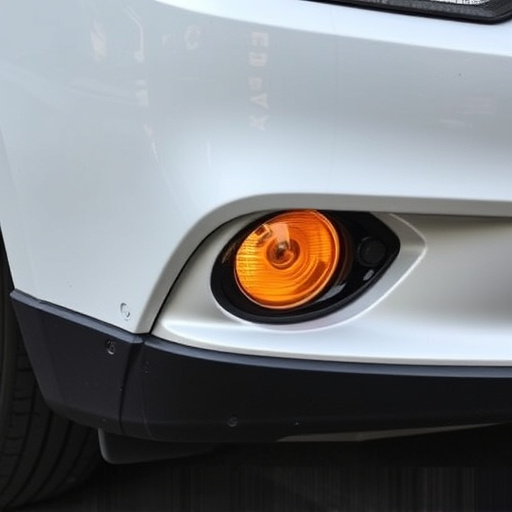
In today’s digital era, panel alignment procedures have undergone a remarkable transformation with the integration of advanced technology. Automation plays a pivotal role in streamlining operations within automotive workshops and collision damage repair centers. Digital solutions, such as computer-aided design (CAD) software and robotic alignment systems, offer precise measurements and adjustments for vehicle repair, ensuring consistent and high-quality results. This not only enhances productivity but also reduces the risk of human error, making auto painting and collision damage repair processes more efficient.
By leveraging these technological advancements, professionals in the vehicle repair sector can achieve remarkable precision during panel alignment. This integration enables faster turnaround times, minimizing downtime for customers and optimizing workshop capacity. Moreover, digital systems facilitate easy access to detailed records, allowing technicians to track repairs, compare outcomes, and continuously improve their skills, ultimately benefiting both businesses and clients through enhanced services.
Panel alignment procedures are a critical component of modern manufacturing, ensuring precision and efficiency. By integrating advanced technology, such as digital solutions and automation, companies can streamline operations, reduce human error, and enhance overall productivity. The benefits of this integration are clear: improved accuracy, faster turnaround times, and cost savings. As the industry continues to evolve, adopting these innovative practices will be key to staying competitive in the market.


